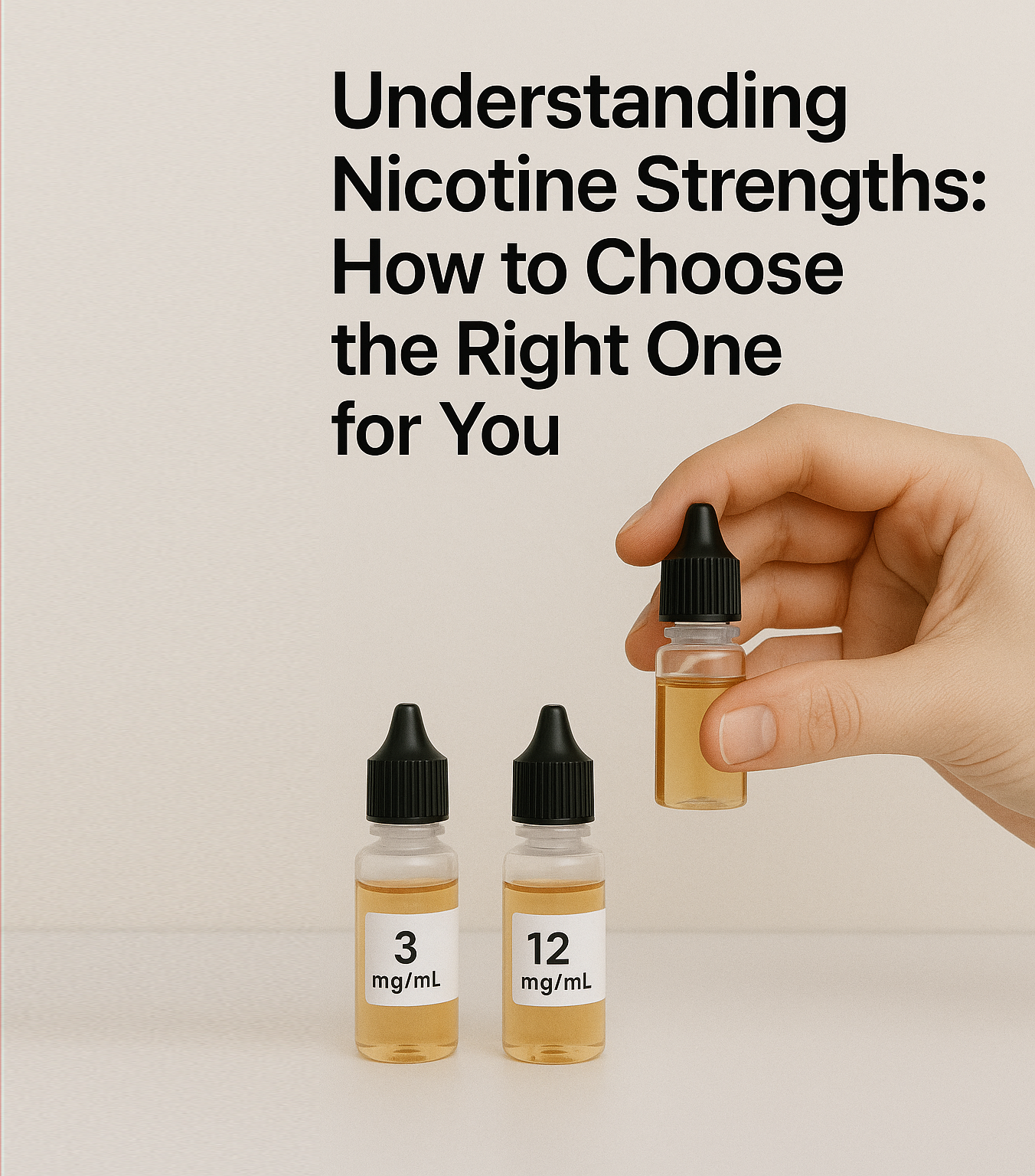For eight years, cigarettes were my routine, my stress relief, my reward, and my excuse. I told myself I could quit anytime — until I actually tried. Every attempt ended the same way: a few smoke-free days, then a “just one” moment that dragged me right back. It wasn’t until I stopped treating quitting like a battle of willpower and started treating it like a personal experiment that things finally changed.
1. The Moment It Clicked
My real turning point wasn’t dramatic. No health scare, no intervention. It was a quiet morning when I woke up coughing before my first smoke of the day. I looked at the pack on the counter and felt tired — not guilty, just done. I realized I wasn’t addicted to cigarettes anymore; I was addicted to the routine of smoking.
That day, I decided to quit differently — not by “fighting cravings,” but by studying them.
2. I Started with Observation, Not Elimination
Instead of quitting cold turkey, I spent a week just watching myself. When did I light up? Why? What did I feel right before and after? By day three, patterns started to appear:
- After meals
- In the car
- During boredom or stress
Those weren’t cravings — they were rituals. Once I understood that, I could start changing them one by one.
3. I Made Swaps Instead of Sacrifices
I didn’t try to erase smoking from my life — I replaced it. Coffee + cigarette became coffee + mint. Car rides became podcasts. The post-meal smoke became a short walk. I didn’t lose a habit; I just traded it for a cleaner one.
And when cravings hit hard, I vaped instead of smoked. I started high on nicotine, then dropped down each week until I was using zero-nicotine liquid. Once the physical part faded, the mental part was easier to handle.
4. I Learned That Cravings Have a Timer
Cravings used to feel like they’d last forever — but when I actually timed them, they rarely lasted longer than three minutes. So I made a rule: wait three minutes before deciding. Walk, breathe, or scroll your phone if you have to. Nine times out of ten, the craving passed before the timer did.
5. I Replaced Shame with Curiosity
Before, every failed attempt made me feel weak. This time, I treated every slip-up like data. Instead of saying “I failed,” I asked, “Why did this moment get me?” That mindset flipped the script — each setback taught me something new about how to handle the next one.
6. I Rewarded Progress, Not Perfection
I used to think rewards came at the end — after I’d been smoke-free for months. This time, I celebrated every small win. Three days? Bought myself a snack. One week? New hoodie. One month? Dinner with friends. Those small rewards kept me motivated and gave my brain the same dopamine boost cigarettes once did.
7. I Told People — and Let Them Hold Me Accountable
I finally admitted to friends that I was trying to quit again. Not to get sympathy, but to remove the secrecy. That small bit of social pressure helped me stay consistent. The more I talked about it, the more real it became.
8. I Focused on Who I Was Becoming
I stopped saying “I’m trying to quit smoking” and started saying “I don’t smoke.” That tiny language change reprogrammed my brain. Every craving became a test of identity — not a test of willpower. I wasn’t depriving myself; I was defending my new self.
Final Thoughts
After eight years, I didn’t quit because I suddenly got stronger — I quit because I got smarter. I stopped fighting cigarettes and started understanding them. Quitting wasn’t about saying no; it was about saying yes to everything smoking took away — my focus, my breath, my energy, my peace.
If you’re still trying, you’re not failing — you’re learning your way out. One craving, one choice, one day at a time. That’s how it starts. That’s how it sticks.







Please log in to leave a comment.